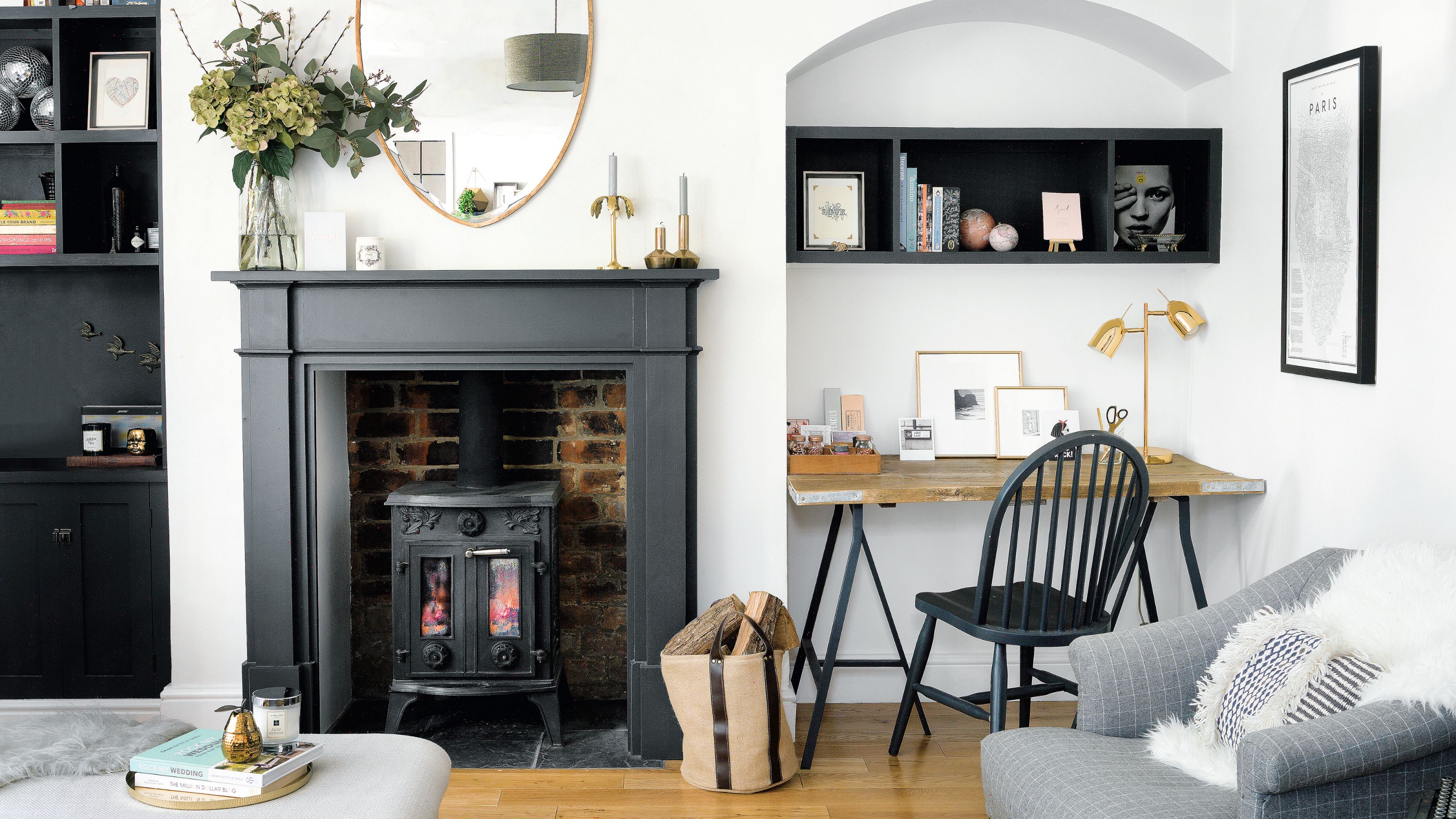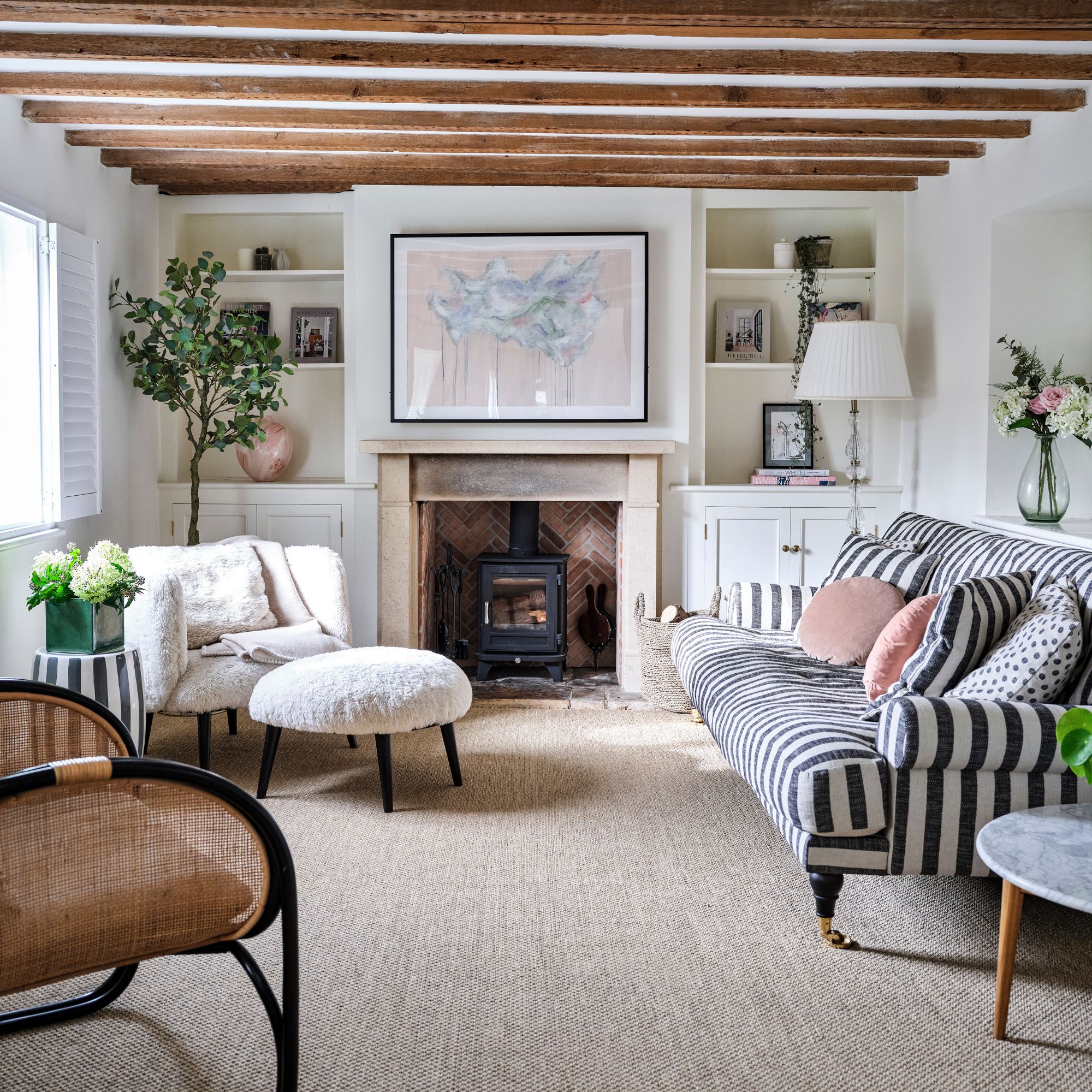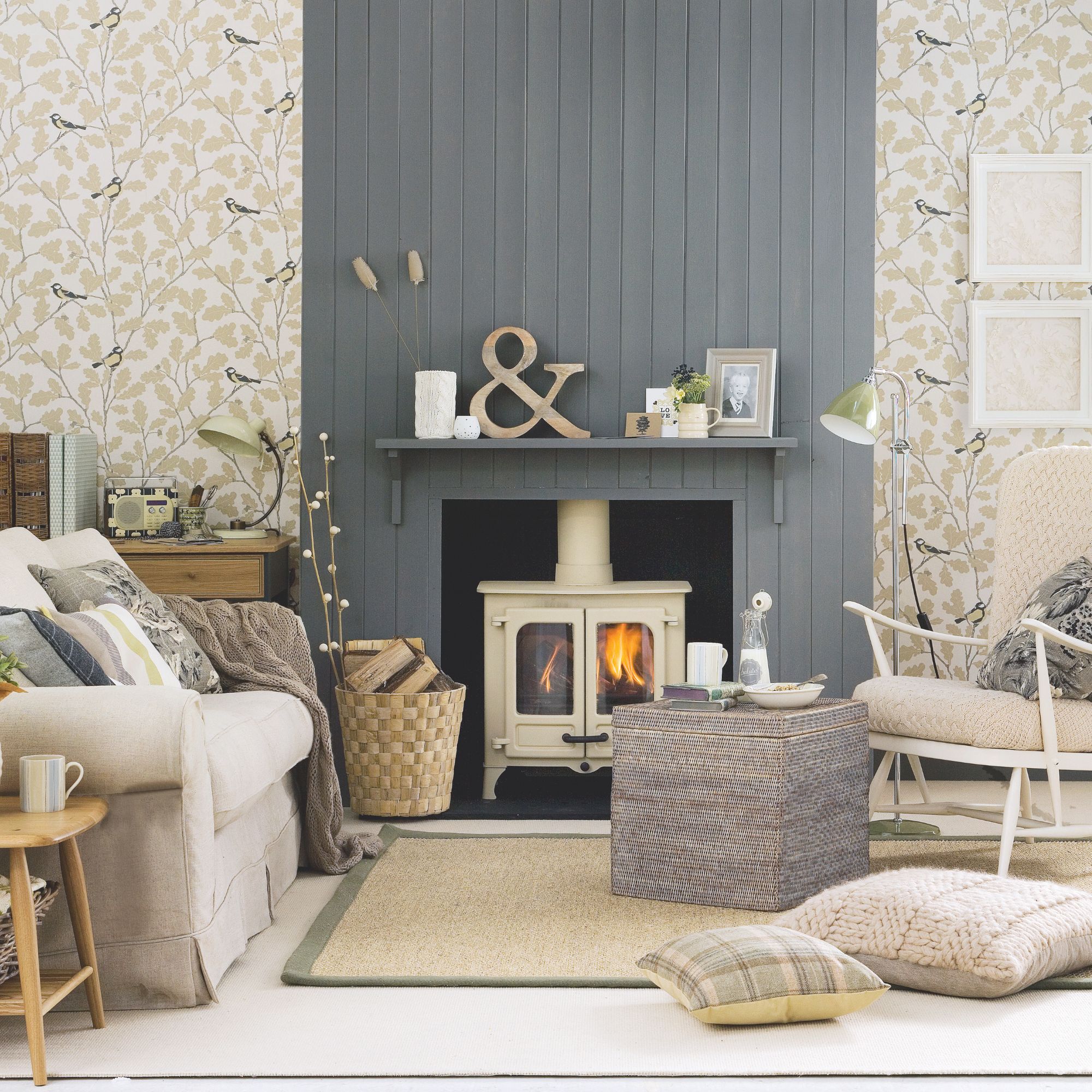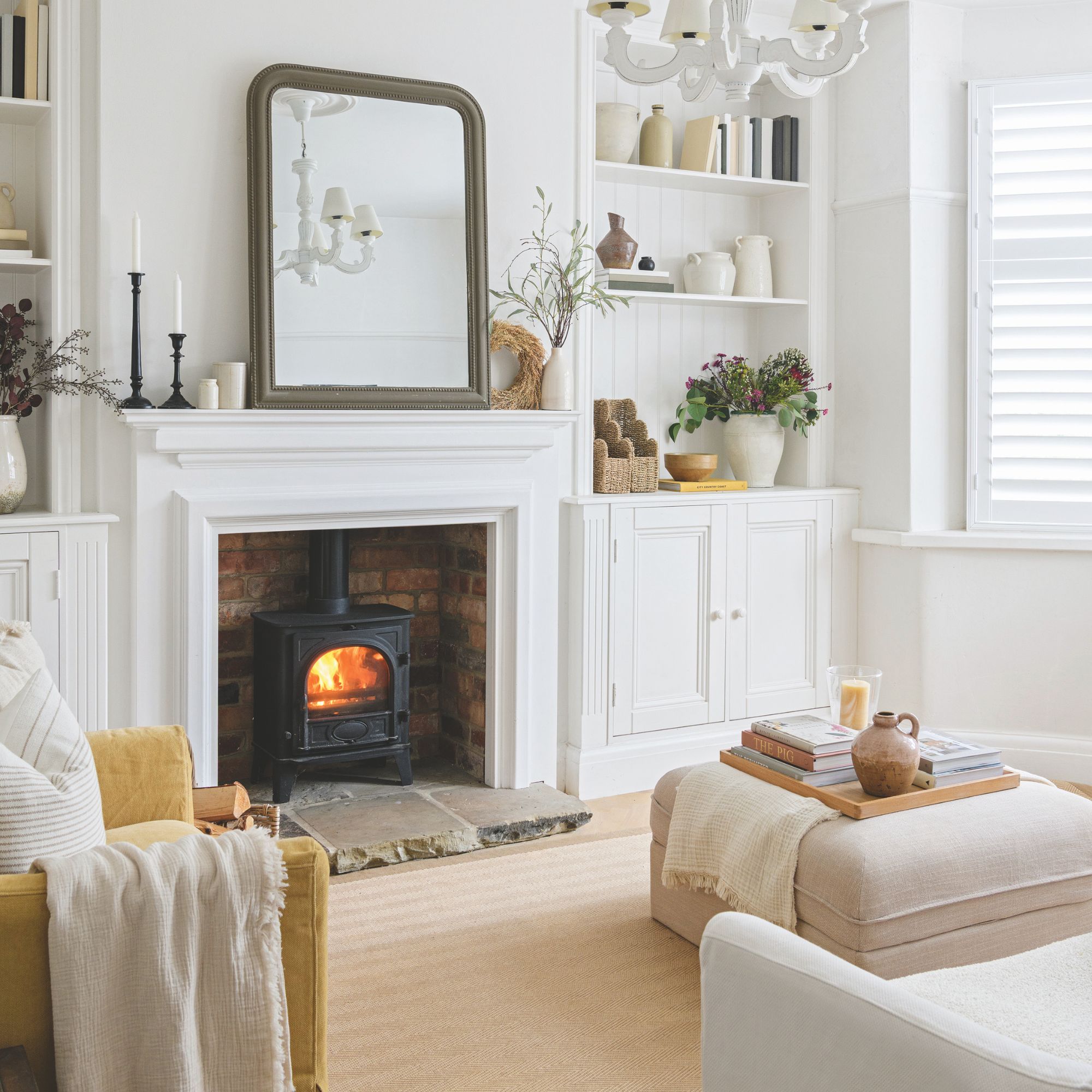Ignoring log burner ventilation requirements is a huge mistake – experts explain why it’s crucial to get it right, and the consequences if you don't
Correct log burner ventilation is essential for a safe and effective appliance


Log burners hold wide appeal, especially now as the temperatures start to drop and the darker nights roll in. But if you have plans to add one to your home, you'll need to make sure you nail the ventilation for your log burner to ensure it works properly and safely.
Ventilation is a key part of the building regulations for log burners. Adequate air supply is needed for your burner's fuel to burn effectively, but also to ensure any smoke is carefully expelled rather than wafting back into your home.
To help you get it right, I asked the experts why adequate ventilation is so important, what's required and what the consequences can be of getting it wrong.
Why is log burner ventilation so important?

If you are considering installing a log burner, and want it to work most effectively and without danger to your home or your health, it's important you get the ventilation right. 'Modern homes, especially new build houses or those with airtight insulation and double glazing, are particularly prone to insufficient ventilation, so this must be a key consideration when planning to install a wood burning stove in these property archetypes,' states Simon Bower, Technical Director at Percy Doughty.
'Ventilation is extremely important when installing your appliance, for its safe operation, the environment, and the prevention of dangerous gases, in particular carbon monoxide building up in the room, in the event of a spillage when the chimney is under performing. This occurs, when through reduced combustion air flow, the chimney will fail to draw correctly causing the stove to spill products of combustion into the room.'
What ventilation do you need for a log burner?

'All stoves require proper ventilation to ensure they burn efficiently, safely and correctly, explains Jon Butterworth, Director at Arada Stoves. 'Any wood burner which is over 5kW must have a permanently open ventilation kit or air brick installed in the room to ensure adequate air flow to the stove. This is especially the case for new build or airtight properties which tend to be very well insulated and therefore require a permanent air vent which is open to the outside.'
This is more than a nice to have too — the requirements are actually set out in the building regulations.
Sign up to our newsletter for style inspiration, real homes, project and garden advice and shopping know-how
Approved Document J, which is to do with combustion appliances and fuel storage, sets out rules around air supply and the discharging of products of combustion (which is essentially safely getting the smoke out of your home), as well as ensuring the materials used for hearths, fireplaces, fluepipes and chimneys are suitable.
The guidelines state that there should be sufficient air supply to allow the fuel to burn properly, to cool the log burner where necessary, and to ensure there is no hazard to health from the smoke the log burner may make. Simon adds: 'To comply with the Building Regulations, it is necessary both to follow the correct procedures and meet technical performance requirements for ventilation when it comes to combustion appliances.' Manufacturers instructions should also be followed, as they may state requirements further to the building regs.
Simon goes on to say: 'Any purpose provided ventilation should be permanent, and cannot be closed, it should be installed to provide air from outside and not another room, and with some appliances the stove can be installed with a sealed supply duct directly attached to the appliance, typically this would be known as a direct air supply.
'In all instances an approved solid fuel engineer registered with the appropriate competent persons scheme will be best placed to advise on the requirement in each instance.'
What can happen if you get log burner ventilation wrong?

While not following the correct ventilation guidance will mean that your log burner doesn't work properly, it can also mean that using your appliance could pose a significant risk to your home and your health.
'Fire is a chemical reaction when fuel (wood or coal) and oxygen in the atmosphere are ignited,' explains Joanna Humphreys, Fire and Stove Specialist at Direct Stoves. 'Without sufficient amounts of either fuel or oxygen the fire will gradually go out. Chimneys work when an up-draught caused by the difference in temperature between the gases from the fire and the atmosphere outside draws the air up through the flue.
'At the same time fresh air for combustion is drawn into the stove. If too much air flows up the chimney your house will start to depressurise. When a space becomes depressurised it wants to replace the air from any available source – through windows or doors or even from the chimney. This causes the smoke to come back into your home rather than escaping as it should.'
Simon continues saying: 'When the ventilation is incorrect or undersized, emissions can be increased through incomplete combustion, air quality can become compromised and the risk of the build up of soot, smoke, and creosote increases.'
FAQs
How to make sure you get log burner ventilation right
To ensure you get the right ventilation in place for your log burner, it's best to engage the help of a professional. This can also help streamline the building regs process.
If the professional is registered as Competent Person (a Department for Levelling Up, Housing and Communities-approved scheme), then they can self-certify their work and issue a compliance certificate once the work is complete.
Installing your own log burner is not for the faint of heart. Beyond that, meeting the building regs requirements can be complicated, so it's best to get a professional to install it for you.

Sarah Handley is Ideal Home’s Renovation Editor. She joined the team full time in September 2024, following three years of looking after the site's home finance content. As well as all things renovation, Sarah also looks after our Home Energy content, which covers all aspects of heating and insulation as well as tips on how homeowners can reduce their energy usage. She has been a journalist since 2007 and has worked for a range of titles including Homebuilding & Renovating, Real Homes, GoodtoKnow, The Money Edit and more.